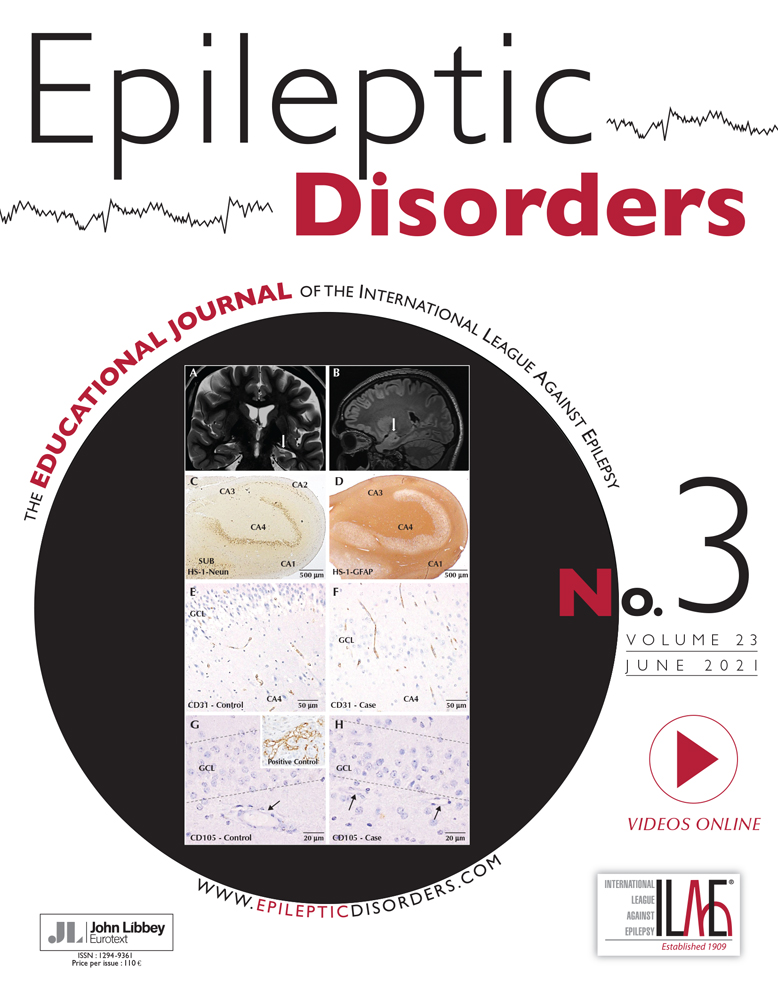Super-refractory status epilepticus in autoimmune encephalitis treated with interleukin-1 receptor antagonist, anakinra
This case was previously presented in a conference held by China Association against Epilepsy on 4–5 Jan 2020 in Hefei, China
Abstract
Autoimmune encephalitis is increasingly recognised as a major cause of new-onset refractory status epilepticus. Early immunotherapy with agents such as methylprednisolone is recommended. Anakinra is an interleukin-1 receptor antagonist used for various inflammatory disorders. It has been used successfully in the treatment of febrile infection-related epilepsy syndrome in children and in one adult case. In this case report, we describe a case of super-refractory status epilepticus in a 38-year-old female due to autoimmune encephalitis who was treated successfully with anakinra after 16 weeks of therapeutic coma and failing multiple immunotherapies. Despite a prolonged period of therapeutic coma, this patient made a reasonable recovery with effective communication and ability to walk with assistance upon discharge. We propose that the successful treatment with anakinra in our case could be due to elevated inflammatory cytokines in the pathogenesis of autoimmune encephalitis, although we acknowledge that interleukin levels were unfortunately not available. We conclude that anakinra can be a valuable alternative option in patients with autoimmune encephalitis refractory to conventional immunotherapies.




